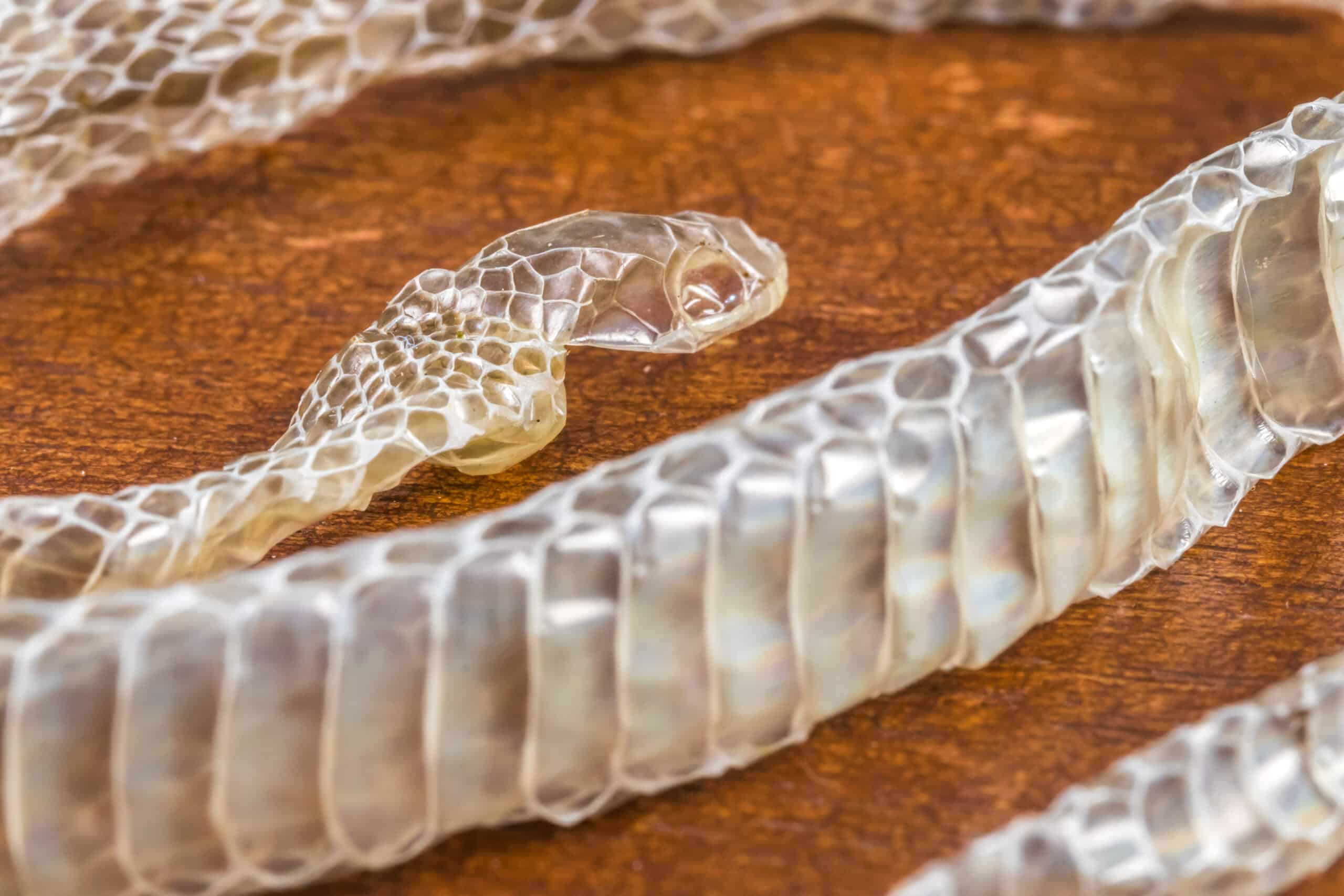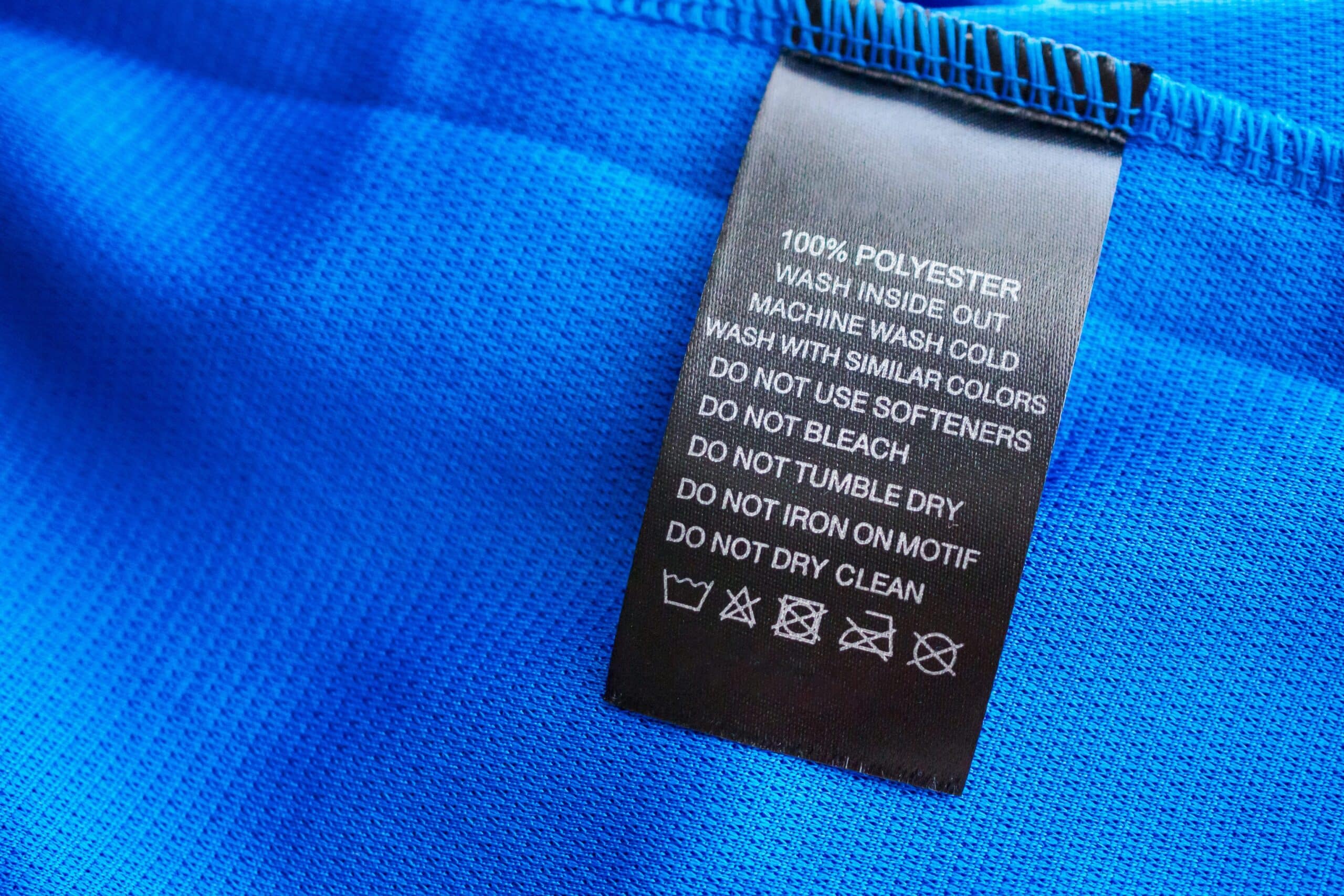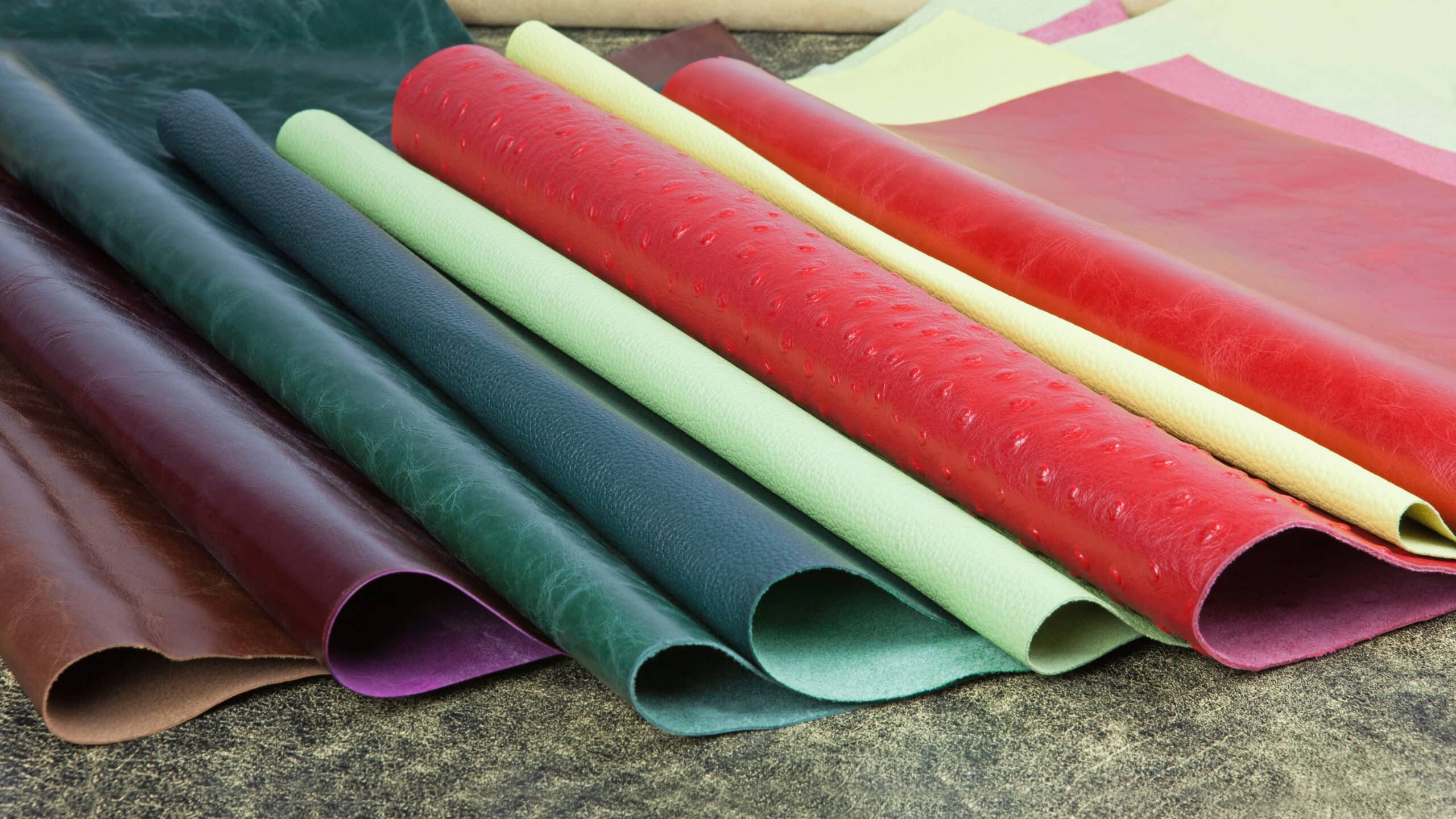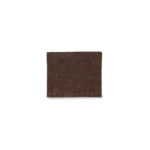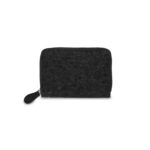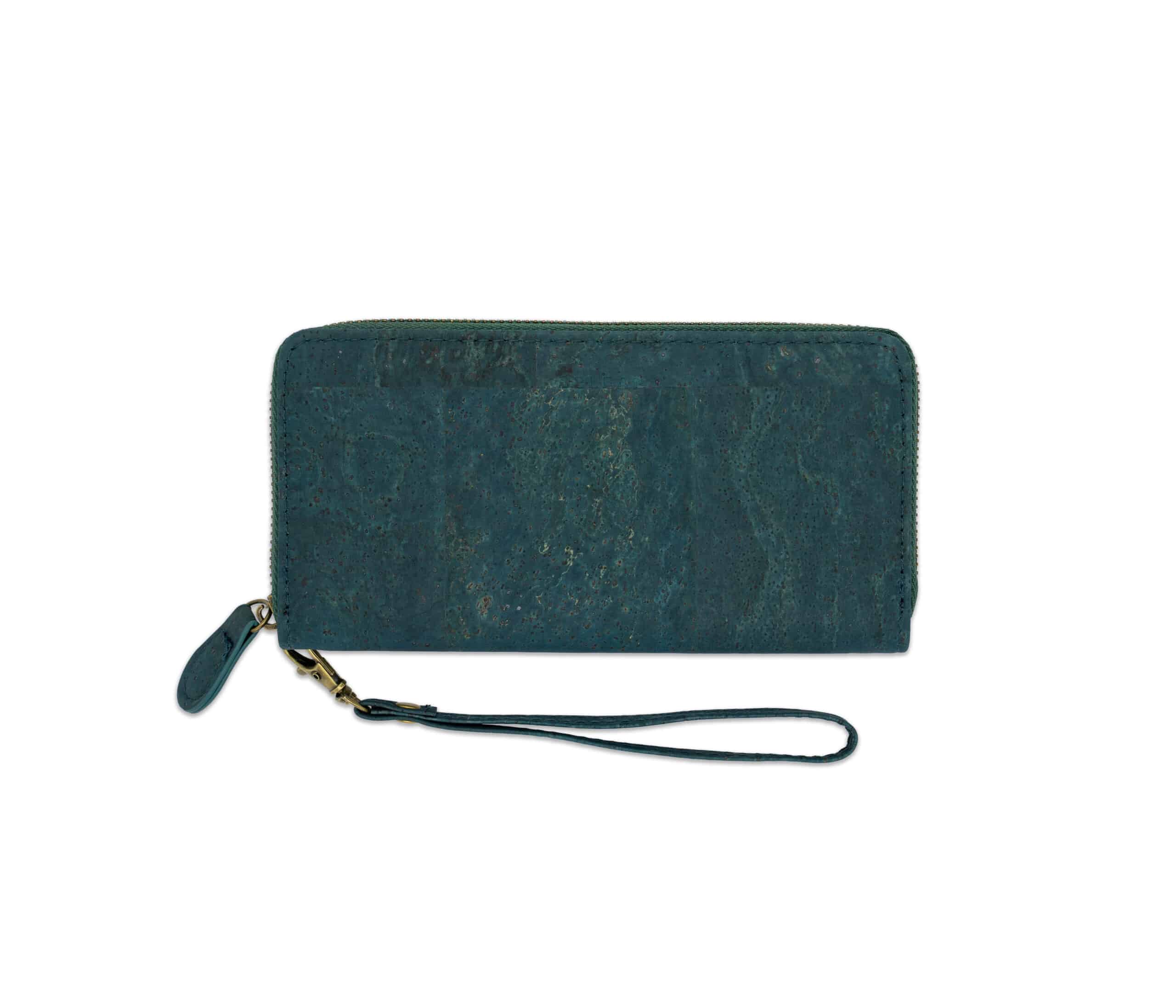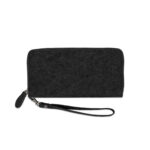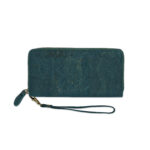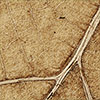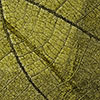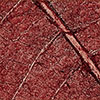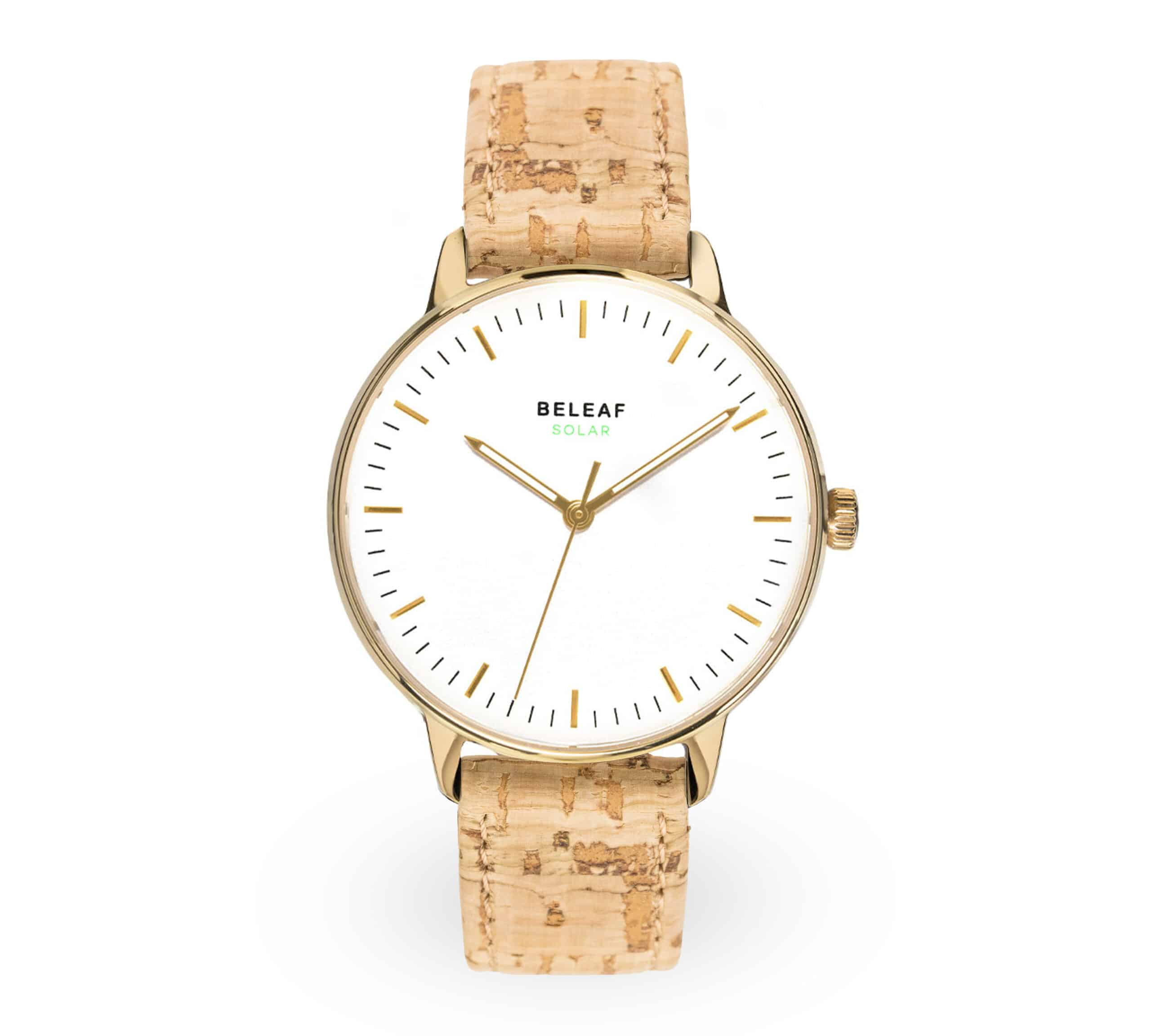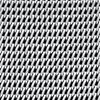Going way back to the 19th century, hemp was the most widely grown commodity crop in the world. At that time, the seeds of the plant were eaten or ground into flour, and the fibers were used to make paper or durable clothing, among other things. At that time, the progress of industrialization meant that hemp was increasingly replaced by other materials such as cotton. The reason for this: cotton could be harvested by machine early on, while hemp required laborious manual work.
A true natural talent
The plant has several distinctive features: It grows almost everywhere – climatic conditions do not bother it. Compared to other materials, the plant does not need herbicides or pesticides to thrive. Another advantage: it requires hardly any water. The plant is not only very resource-efficient in cultivation, but also has many advantages after production: the material is durable, soft, breathable and tear-resistant. Similar to animal leather.
Origin
Most of the hemp materials at the moment come from China. The reason for this is that European countries have outsourced the expertise and technology around hemp fiber production there in the past. So the farmers there have a lot of experience and guarantee a high quality end product. Even if the working conditions there are right, many companies are currently making efforts to initiate regional developments so that the material is produced on their own doorstep.
A hopeful comeback
Due to the sustainable properties of the plant and the robust properties of the material, interest in hemp materials is growing. Especially in the textile industry, more and more producers want to use the advantages of versatile fibers. And by the way, with its deep roots hemp prevents erosion, loosens the soil and provides it with valuable nutrients. A true natural product.








